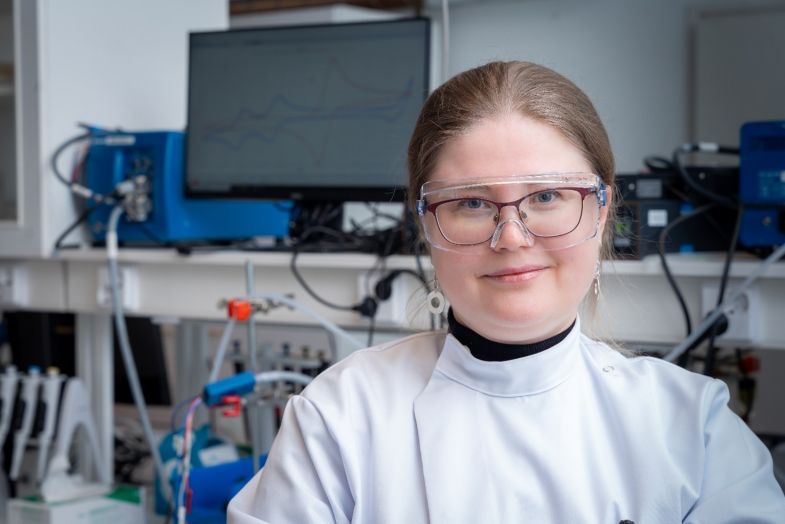Environmentally sustainable material manufacturing propelled by AI can solve many challenges related to energy, healthcare, and industry.
The Sustainable Materials and Manufacturing (SUSMAT) research project at the University of Turku, Finland, aims to create conditions for a transition to green industrial materials manufacturing, accelerated by artificial intelligence.
Data-driven approaches and sustainable manufacturing can solve global challenges in energy production, health and well-being sector, and industry.
In terms of energy production, the good news is that solar and wind power are becoming the cheapest ways available to produce energy. These technologies have been used for so long that the processes have been perfected and the costs have come down significantly.
“If we want to keep climate change in check, we need to move to a green energy system that is based on renewable energy. The question is, how do we do it?” asks Pekka Peljo, the Associate Professor in materials engineering and the Principal investigator of the SUSMAT research project.
The problem is storing the energy so that it can be used when the sun is not shining or the wind is not blowing. There are technologies that can store energy, but they are too expensive. Lithium batteries can be used, but they only store energy for approximately four hours. If renewable energy is to be used on a large scale, better solutions are needed.

Researchers are currently looking for materials that can store energy for longer periods at a reasonable cost. One option is hydrogen, which can be produced using electricity. Hydrogen can be converted back into electricity when needed, but the challenge is the loss of energy in the process.
Streamlining healthcare with sustainable materials
The need for sustainable technologies is great in the healthcare sector, as the global carbon footprint of the healthcare industry is larger than that of aviation and shipping combined. In addition, many materials used in healthcare are expensive and in limited supply.

Associate Professor Emilia Peltola and her research team develop sensors for three purposes: studying brain activity, measuring female sex hormones, and testing for malaria.
The researchers use computational models in selecting the most optimal materials for the sensors. Potential materials include carbon-based nanomaterials, as carbon is an environmentally friendly, versatile, and readily-available material.
One of the goals of Peltola’s team is to develop a sensor that detects brain activity by measuring neurotransmitters. Such sensors could be used in deep brain stimulation, which is used to treat Parkinson’s disease. Currently, the treatment, which relies on electrical impulses, has to be set manually for stimulation, but the sensor could automate the process. The sensor could also expand the use of the treatment to other conditions, such as epilepsy and depression.
“Diverse and effective use of sensors would contribute to disease prevention. For example, a sensor could tell a patient with a chronic disease when they need to see a doctor. Sensors could also motivate people to make good choices for their health, as changes are quickly reflected in the readings,” describes Dr Peltola.
In industry, the optimisation of materials plays a significant role in minimising environmental impact. For new materials, the potential for reuse, repair, and recycling must be taken into account already when their use is considered. Modelling tools can be used to guide industrial design so that it uses as little material as possible.
The researchers in the SUSMAT project are using artificial intelligence to speed up their research. For example, by using computational data and machine learning models, they can quickly identify the properties of 100,000 different materials and select the most promising ones for further research.
Discover more about the SUSMAT research project and the development of sustainable materials at the University of Turku https://sites.utu.fi/susmat/
Photographs: Hanna Oksanen
Text: Jenni Valta
Translation: Mari Ratia
Subscribe to the Science Newsletter of the University of Turku
Discover more science articles in our Aurora online magazine









